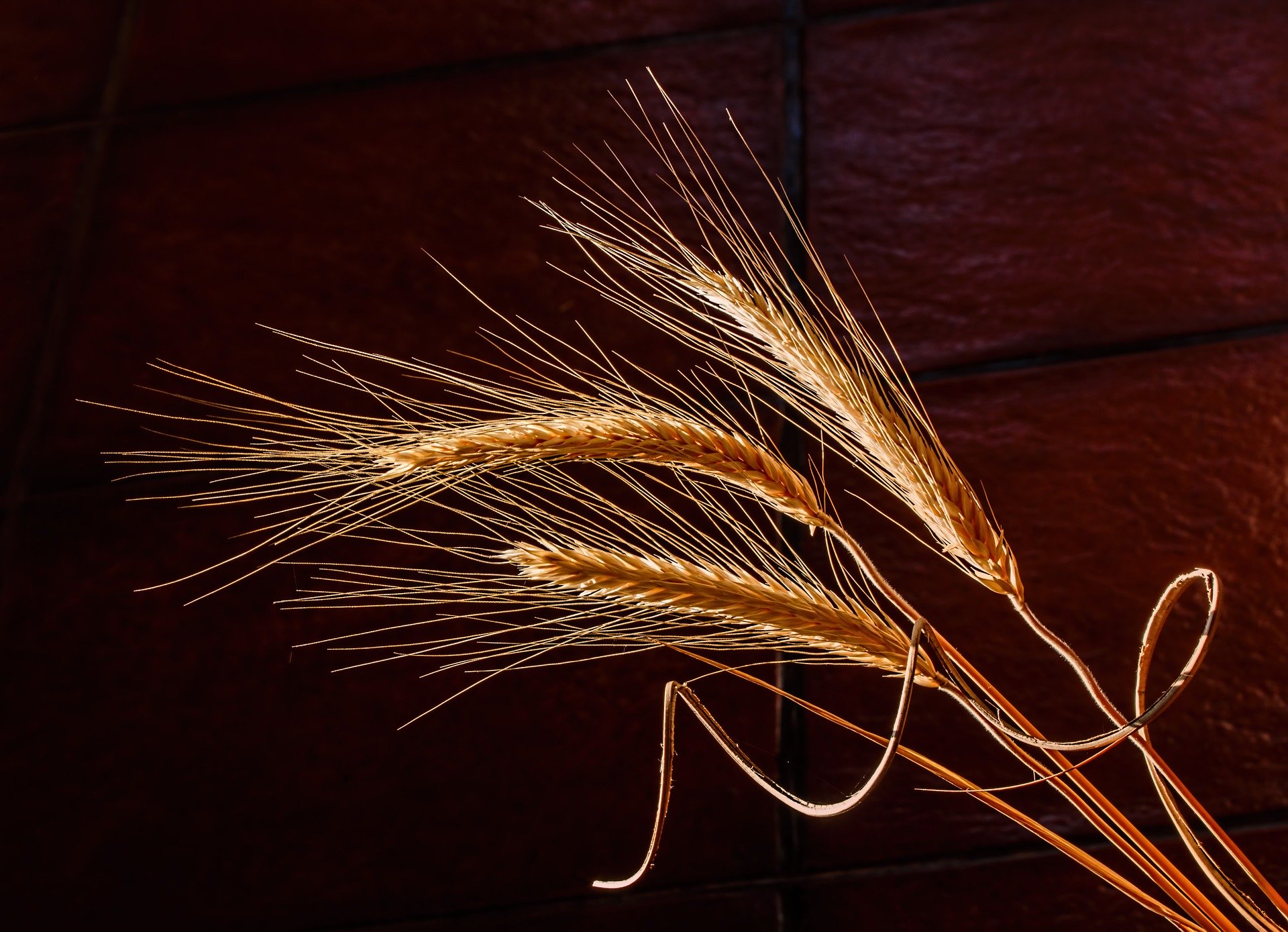Why fans of whisky and gin need to worry about plant health
Authors: Sarah Gurr (University of Exeter), Fiona Burnett (SRUC), Sarah Green (Forest Research)

Whisky is one of Scotland’s greatest food and drink success stories and, with exports worth £4.9 Billion annually, the Scotch whisky industry accounts for a massive 75% of Scottish food and drink exports and 21% of all UK food and drink exports. But its famous taste and quality depends on healthy barley crops to produce big, bold grains that malt well and produce high levels of alcohol ready for Scotland’s many distilleries. Sick crops slash yields and produces barley with shrivelled grains which are often rejected before they even enter the malting process. A leaf spotting fungal disease called ramularia has slowly grown in severity over the last decade. It operates by stealth and can evade the barley plant’s normal defence mechanisms. New mutants of this pathogen have developed resistance to fungicides, so the risk to the 2020 barley crop is greater than ever.
Gin is fast gaining ground on whisky as the drink of choice with total sales, both in the UK and abroad, worth £3.2 billion in 2019. The majority (70%) of UK’s gin is produced in Scotland. Although gin can be produced from spirits derived from a wide choice of grains or even potatoes, it relies on juniper berries for its traditional and distinctive flavour. But that sharp, resinous taste is under threat from a serious invasive plant pathogen called Phytophthora austrocedri which is spreading through juniper trees on Scottish hills. This pathogen has entered Britain through the plant trade and may have got into juniper woodlands through well-intentioned planting schemes. It lives in the soil and spreads in both soil and water, infecting juniper roots and killing large numbers of juniper trees especially on wet sites. Juniper is one of only three conifer species native to the UK and a vital pioneer species within Scotland’s ancient Caledonian forest.
Science is helping to protect the health of the barley crop by breeding new crop varieties, testing new fungicides and devising alternatives to pesticides. Every tonne of barley that can be saved from disease equates to over a thousand 70cl bottles of matured malt whisky. Luckily for gin drinkers, researchers in Scotland have found that some junipers are resistant to P. austrocedri and it is hoped that natural regeneration will allow juniper populations to recover over time. Science is also helping to identify juniper sites that are less vulnerable to the pathogen and which can be targeted for conservation and protection.
How can we preserve these vital spirits? With regards to whisky, we must ensure that the barley seeds planted have been harvested from healthy crops and purchased from certified sources; we must monitor weather conditions conducive for disease and be wary of fungicide resistance and we must search for new barley varieties and better crop protection strategies. Protecting the unique flavour of gin, however, needs a different approach and simple measures such as cleaning soil from boots, bike tyres and dog paws before and after visiting forests, moors and woodlands prevents disease spreading to new sites. Our part in this will be to favour sustainably produced and local brands – and for whisky and gin there are many, many good choices!
If you would like to find out more about steps you can take to protect your business, garden and local environment from plant pests and diseases, then please take a look at the Plant Health Centre’s information booklet that details the 5 Key Principles to minimise plant health risks in Scotland
